Designing Your Vegetable Garden – An Introduction to The Classic Designs
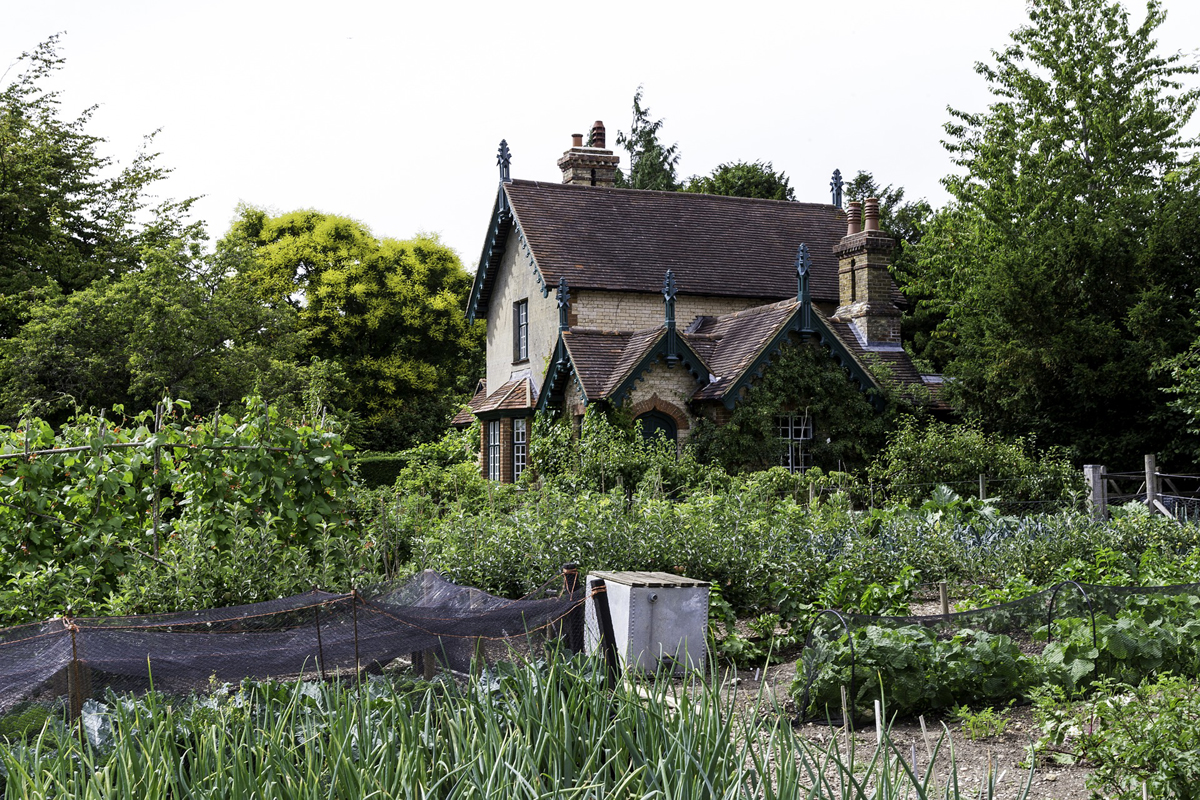
There are a number of different designs you can use when planning your organic vegetable garden and choosing an appropriate design style for your home and personality will ensure your vegetable garden is an attractive feature within the garden as a whole, rather than a functional sideline.
It’s also important to consider the plants you want to grow. There is little point growing a pile of vegetables you won’t eat (although providing a local homeless shelter or food bank with homegrown vegetables is a wonderful way to use up surplus produce – a fantastic project if you have kids, too, as you can get them involved in gardening and charitable giving all at the same time.) You may also want to consider vegetables that you love, but can be expensive to buy. Salad greens often fall into the category with greens such as baby spinach ridiculously expensive in the shops, but so easy to grow at home.
Add in any considerations around companion planting and you will have a guideline to laying out your vegetable garden.
While there are an infinite number of garden designs to choose from, a few of the more classic vegetable garden designs are outlined below. You can choose the design that best suits your needs and personality, and then adapt it as you choose.
Potager:
The word ‘potager’ is now widely used in English to describe a formal vegetable garden which combines flowers, herbs and vegetables in an attractive pattern, with a clear structure. Fruit trees, often espaliered, are also used in potagers, together with topiary trees such as bay. Box hedging can be used to edge and define the beds, and can often be used to split the beds into geometric patterns. Pathways are made from traditional elements such as old brick, lime chip or shell, and create an attractive walk between the beds. with attractive pathways made from brick, shell or lime chip in between. You can include arches covered in roses or vine fruit, or highly structural plants such as artichokes. Potagers are ideal designs for organic gardening as the combination of vegetables, herbs and flowers allows for a huge range of companion planting options.
If you vegetable garden will be clearly seen rather than hidden away, a potager may be an ideal option for you. However before you begin, take some time to sketch out your design – to scale if possible. They key to a successful potager is in the geometric detail and this is not something that you can usually play by ear.
The Traditional Kitchen Garden
The kitchen garden is usually walled – stone or brick being the traditional materials, however modern gardens can create the ‘walled’ effect using fences or hedging, to fit with the style of your home. The entry to the garden is usually through a gate or archway.
Kitchen gardens have a very organized layout. Both paths and plantings are run in straight lines, and pathways are usually made from gravel, or rammed earth covered in straw. Plantings tend to run north to south, to allow even access to sunlight.
Unlike potagers, kitchen gardens are primarily functional and don’t include ornamental elements such as flowers. Herbs, however, have a place and can be used as borders along your paths. Lavender, rosemary and bay all make attractive and fragrant hedges.
Vegetable Patchwork
In a vegetable patchwork plants are planted in bold blocks of single plants. In this way you create high visual impact and can design your plantings according to height, color and texture to create an attractive, interesting tapestry.
There are usually wider, main pathways through the garden with smaller, narrower paths leading off into the beds to allow easier access to the planting blocks. Again, paths tend to be made from beaten earth or gravel. A patchwork garden is a easy way to manage your crop rotations – you simply move all your plantings over one block each year.
Cottage Gardens
Cottage gardens are beautiful, care-free gardens which are characterized by a seeming lack of structure. Flowers are interwoven with vegetables and herbs to create an abundant, lush garden which can give joy to the senses. However as with all gardens a cottage garden needs some planning to work well.
Pathways are meandering and narrow, so there can be as much planting as possible. A casual garden chair can be placed in a small nook – you can even grow things over it – and it will look perfectly in place. Paths are covered in straw and you can leave you’re your garlic and shallots to dry in the sun, which will only add to the atmosphere. The overall feeling is of productivity, vibrancy and abundance. However, when gardening organically bear in mind that your plants need adequate airflow, which can be a problem in a cottage garden. Diseases and pests can also spread quickly due to the intensive planting. Therefore it’s worthwhile keeping a good eye on your garden for any telltale signs of disease or infestation.
City, or Container Gardening
Finally, you can still enjoy the fruits of your labor even if you are not lucky enough to have your own plot of earth. There are a wide variety of plants and herbs which do very well in pots and containers – including small window boxes.
When deciding what to grow in your courtyard, balcony or patio, the type of tubs you use can be a key to your design. If you are simply keen to grow as much as possible then you can purchase organic gro bags from your local garden centre which will work well for a couple of plantings, and allow you to grow intensively. Otherwise choose your containers and pots in keeping with a theme – old English or Mediterranean, for example – and you can then grow plants which embrace this theme.
You can now buy a huge range of dwarf plants which are ideal for container gardening. Dwarf peas and beans are ideal, as are tomatoes, and they have been bred to crop heavily.
Remember, however, that your plants need plenty of sunshine – 6 hours a day is ideal – shelter from the wind and sufficient water. Your container plants will dry out far more quickly so will have higher water requirements than plants in a traditional plot.
By designing your garden in a style you find personally attractive you will enhance the aesthetic appeal of your garden and discover it is a place where you actually want to spend more of your time. And this, of course, is where you reap the benefits with wholesome, abundant crops you can enjoy with family and friends.
→ Growing Vegetables to Save Money – Important Tips to Consider for First Time Gardeners
The Author:
Fi McMurray is a garden enthusiast and author who has been gardening organically for 10 years.


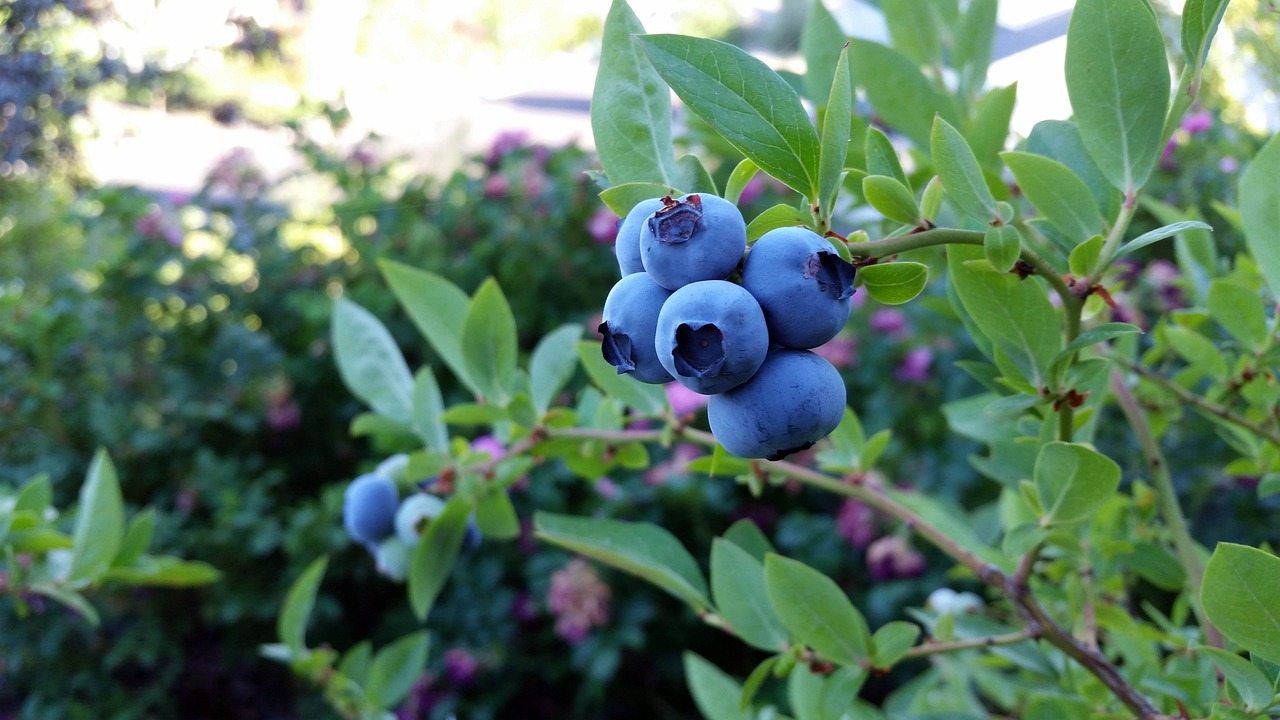
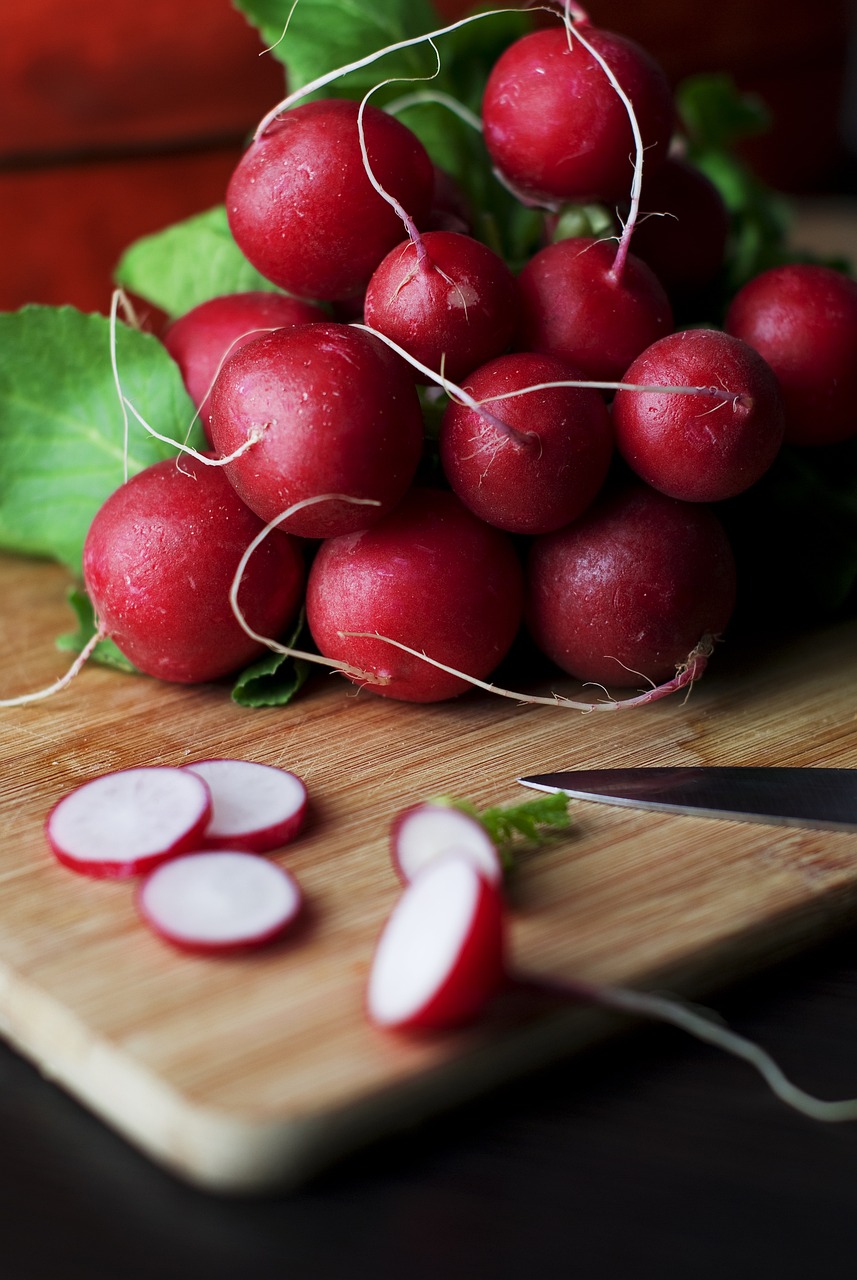
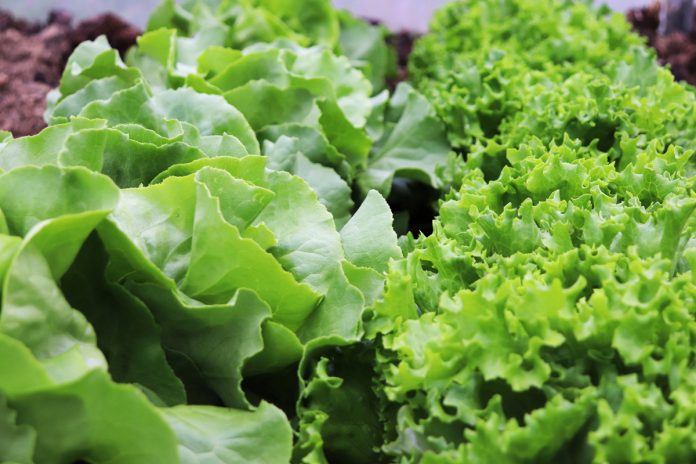
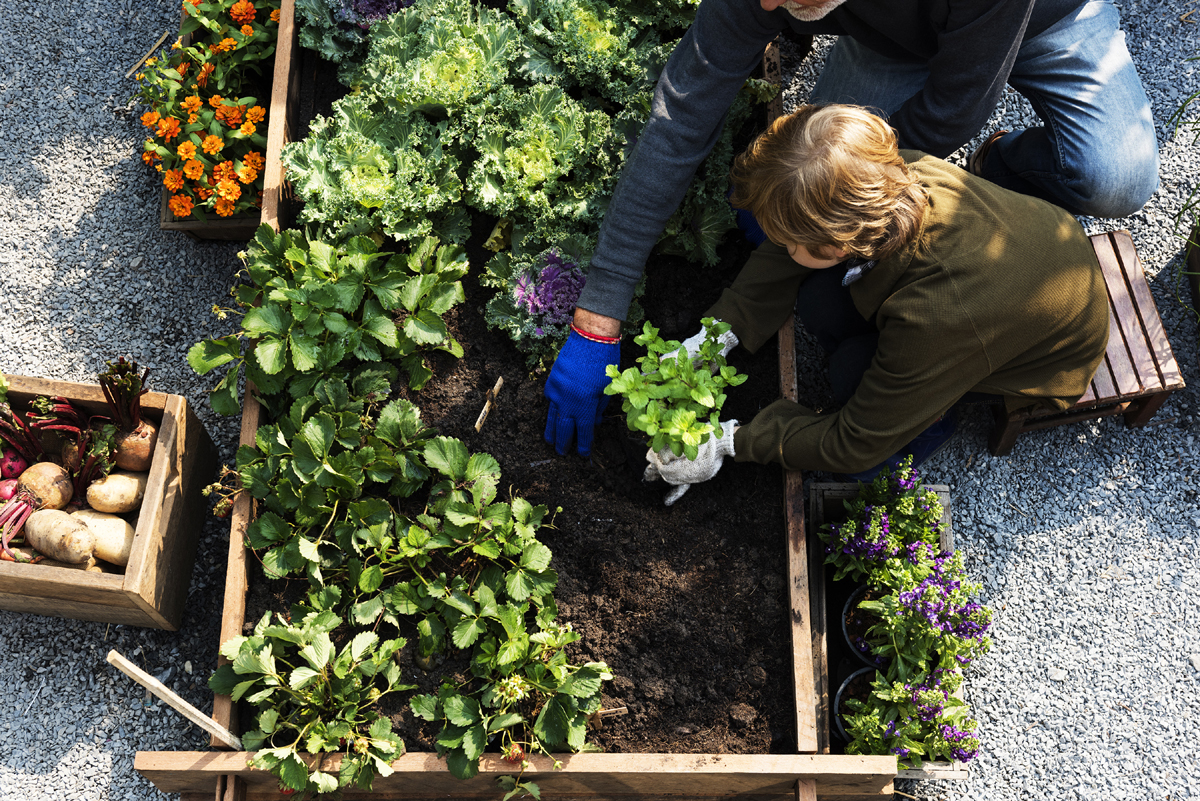

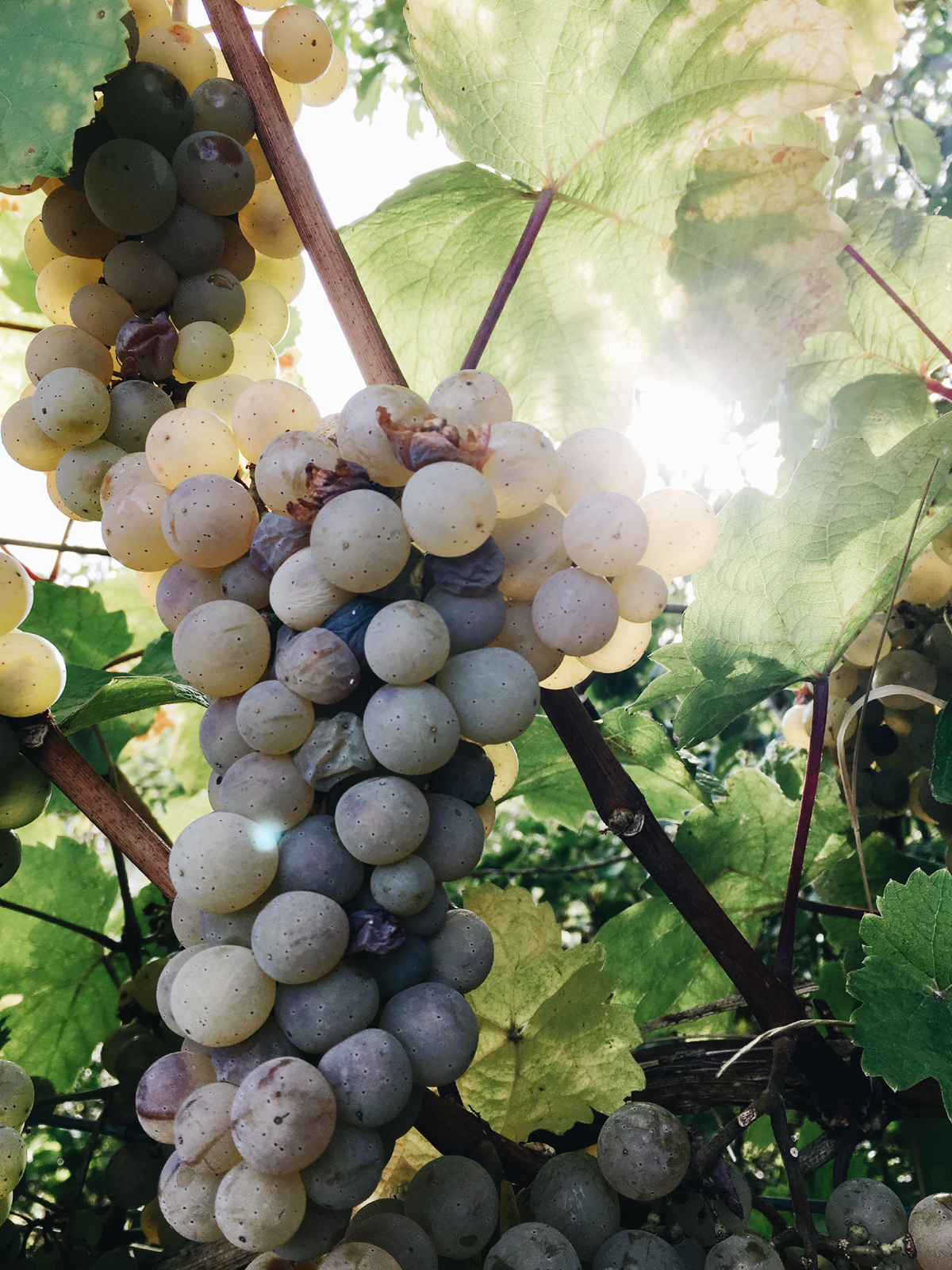
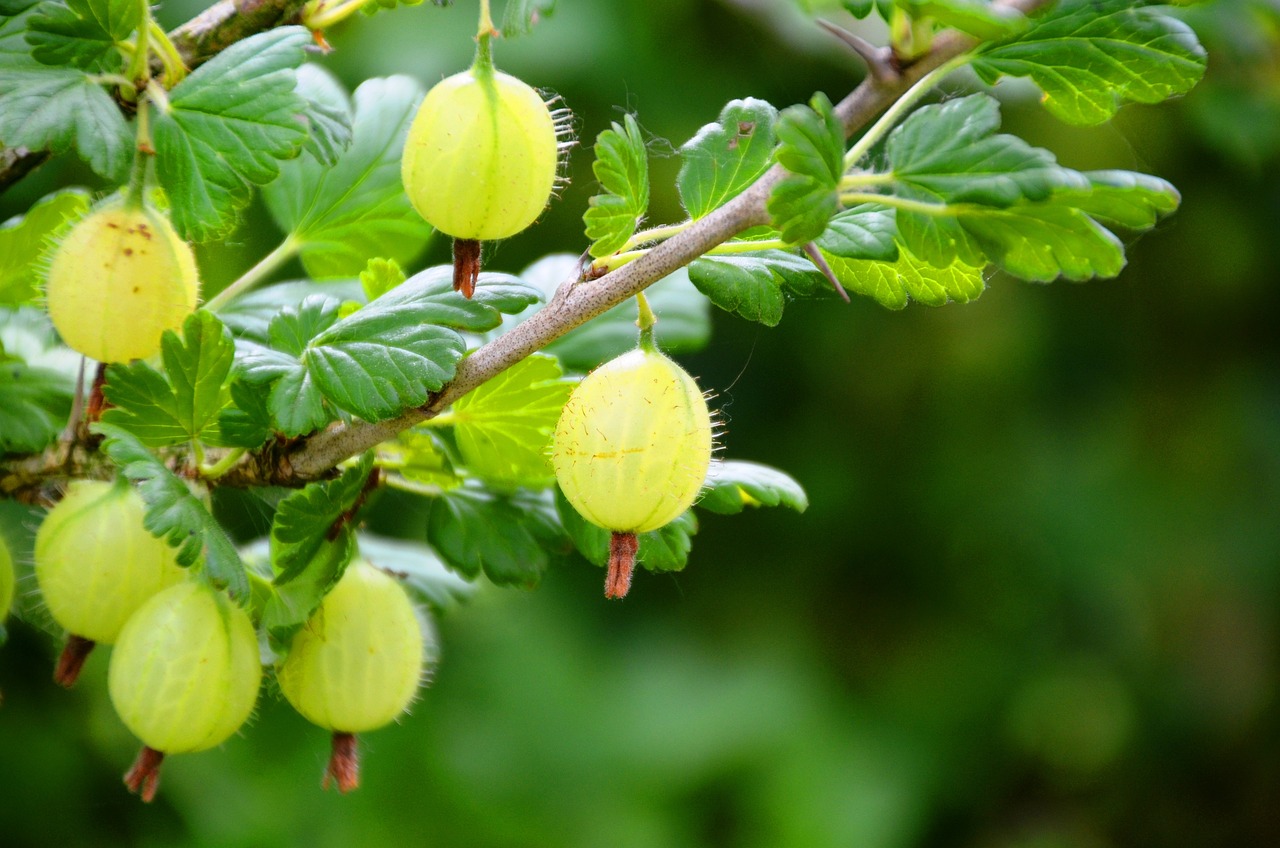
I love having a garden in my kitchen.
That’s fantastic! Having a garden in your kitchen is not only convenient but also adds a beautiful touch to the overall ambiance. Plus, it’s a great way to ensure that you have fresh, organic produce right at your fingertips whenever you need it. How did you go about designing your vegetable garden? Did you opt for a specific layout or focus on specific plants?